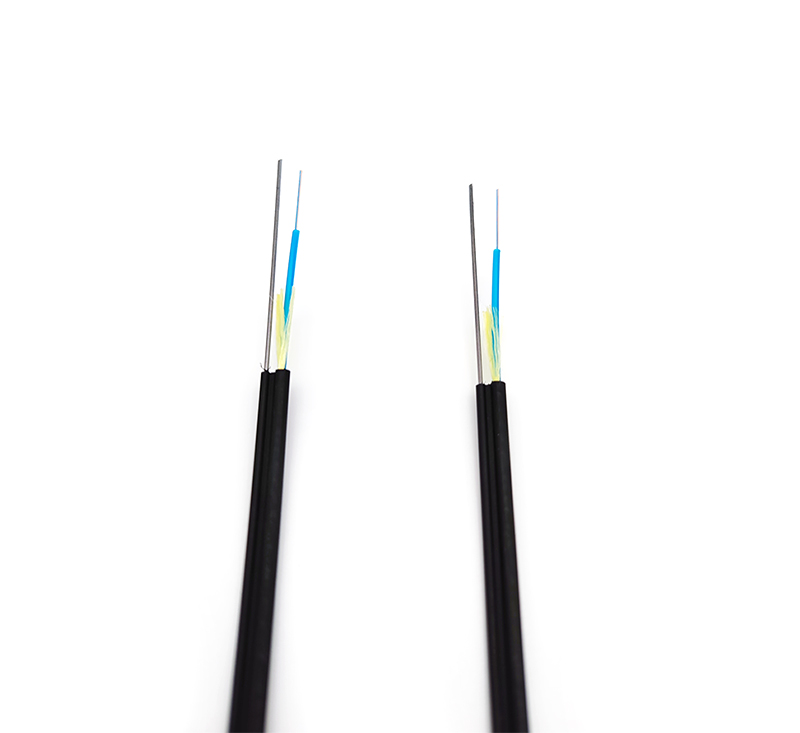A. According to the transmission mode of light in the fiber, it can be divided into: single-mode fiber and multi-mode fiber.
Multimode fiber: The central glass core is thicker (50 or 62.5μm), which can transmit light in multiple modes. But its intermodal dispersion is large, which limits the frequency of transmitting digital signals, and it will be more serious with the increase of distance. For example: 600MB/KM fiber has only 300MB bandwidth at 2KM. Therefore, the distance of multimode fiber transmission is relatively short, generally only a few kilometers.

Single-mode fiber: The central glass core is relatively thin (the core diameter is generally 9 or 10 μm), and only one mode of light can be transmitted. Therefore, its intermodal dispersion is very small, which is suitable for long-distance communication, but its chromatic dispersion plays a major role, so the single-mode fiber has higher requirements on the spectral width and stability of the light source, that is, the spectral width should be narrower and the stability should be better. .
B. According to the best transmission frequency window: conventional single-mode fiber and dispersion-shifted single-mode fiber.
Conventional type: The optical fiber manufacturer optimizes the optical fiber transmission frequency to a single wavelength of light, such as 1300nm.
Dispersion-shifted type: The optical fiber manufacturer optimizes the optical fiber transmission frequency at two wavelengths of light, such as: 1300nm and 1550nm.
C. According to the distribution of refractive index: abrupt and graded fibers.
Abrupt type: The refractive index from the central core of the fiber to the glass cladding is abrupt. It has low cost and high intermodal dispersion. It is suitable for short-distance low-speed communication, such as industrial control. However, due to the small intermodal dispersion of single-mode fiber, the single-mode fiber adopts abrupt type.
Gradient fiber: The refractive index from the center core of the fiber to the glass cladding gradually decreases, so that the high-mode light can propagate in a sinusoidal form, which can reduce the intermodal dispersion, improve the fiber bandwidth, and increase the transmission distance, but the cost is high. Mode fibers are mostly graded fibers.










